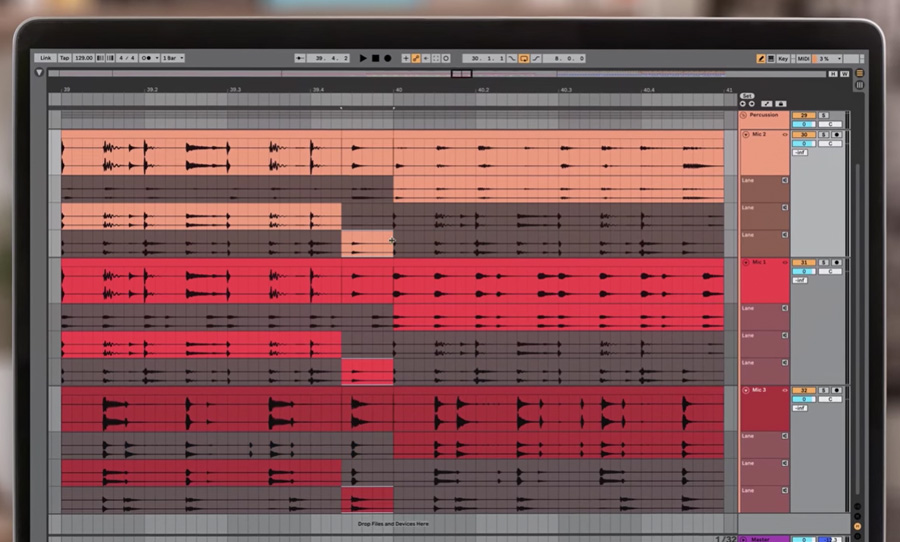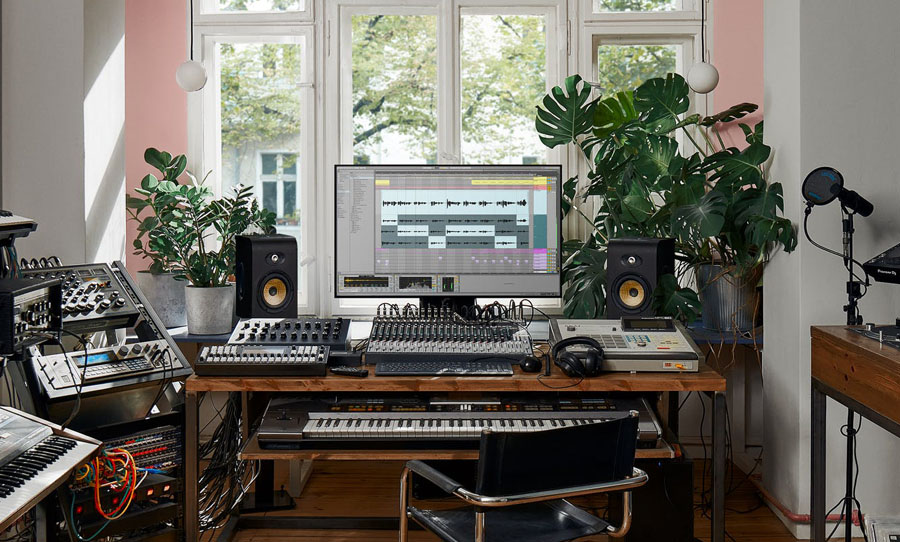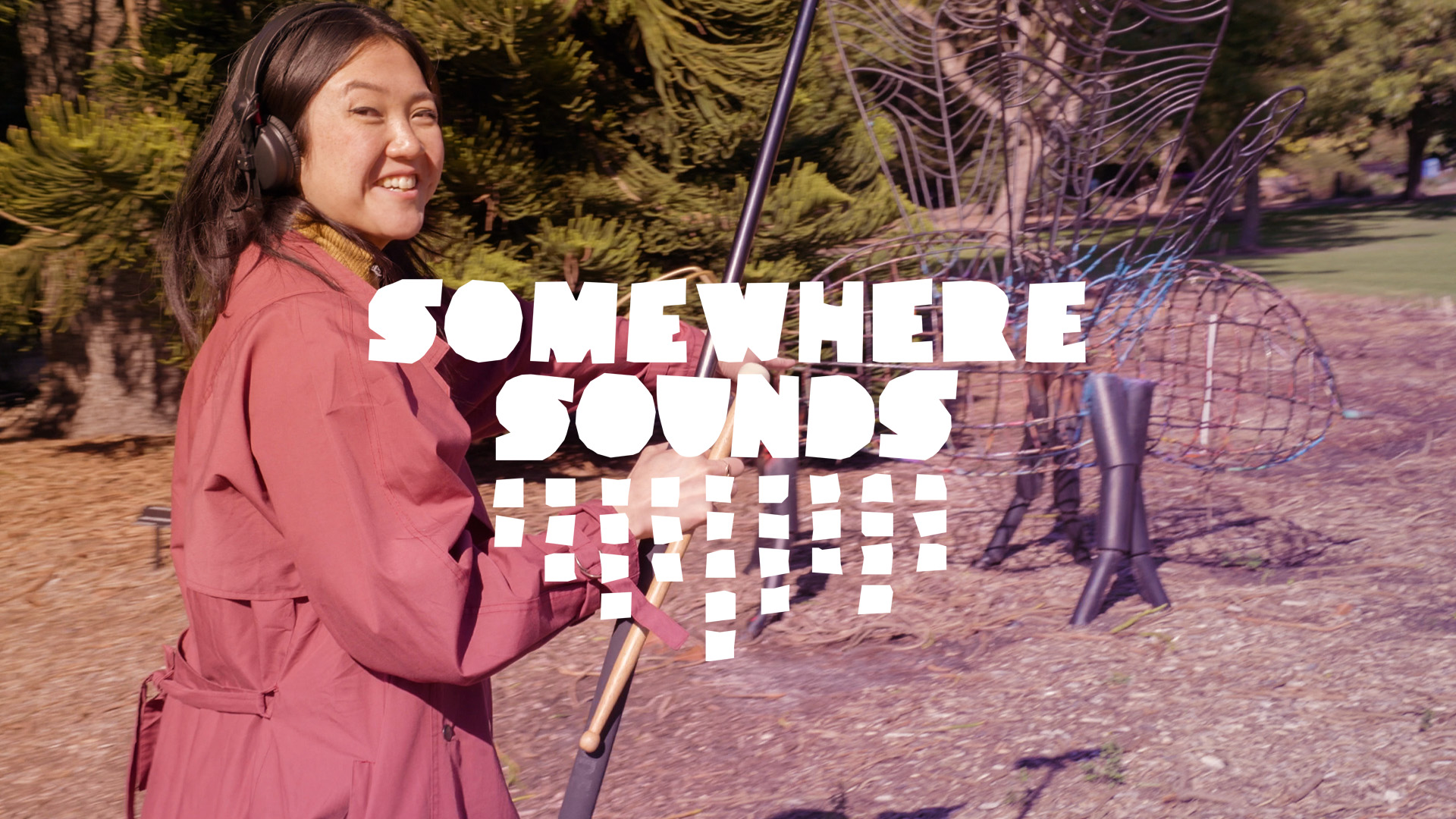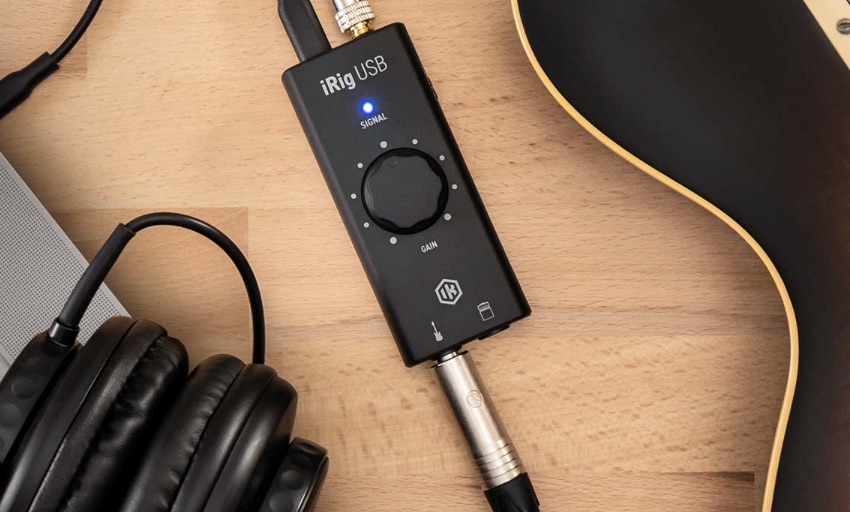Ableton 11 is here. Paying attention to its loyal army of users, long-awaited workflow enhancements have been included, along with new sounds and effects.
Ableton Live 11 has finally arrived, a full three years after the release of version 10. Live’s famous workflow has been maintained but enhancements — notably comping – has made it a more enticing prospect than ever.
Ableton knows its audience, and as such, offers flexibility and stability in live performance like no other DAW. With version 11, the company has incrementally built upon its reputation, including a few elements that make Live a complete package for the studio.

The most exciting addition in Ableton Live 11 is the new comping and linked track capabilities. For years, Live’s biggest drawback has been its lack of comping facilities. In this upgrade, however, that shortcoming has been rectified.
Comping allows you to record continuously while staying on top of your takes by placing each new cycle on a new take lane. Each take is treated like its own clip and can be customised and edited as such. You have the ability to slice up, combine and re-edit different takes in new and interesting ways.
In Live 11, multiple passes will be stored in lanes for easy comping, plus, it works with MIDI. To complement the comping feature, Linked Track Editing synchronises edits across various selected tracks. These features are invaluable for tracking multiple live instruments and are bringing Live closer to being a complete and professional studio solution.
Live 11 offers new ways to edit and interact with MIDI Polyphonic Expression (MPE). An increasing number of MIDI controllers cater to this advanced form of MIDI expression, granting you independent and more nuanced control over the parameters of instruments.
Live 11 includes a dedicated expression editor to pitch bend individual notes, adjust Slide and Pressure parameters and incorporate ‘release’ velocity to create expressive and unique performances. Live 11 aims to make electronic instruments as expressive as acoustic instruments: adaptability in a studio and live setting is a vital feature for its users.
MPE is available for use without a compatible hardware controller; it can be automated after the fact. Live’s own instruments — Wavetable, Sampler and Arpeggiator — also support MPE.
The update features a range of new MIDI and Audio devices, like the luscious Hybrid Reverb and a suite of spectral processors. Hybrid Reverb works to blend algorithmic and convolution elements — essentially allowing you to place your sound in any space from a real-life environment to one that defies physical reality.
Hybrid Reverb is simple to use and customise, even allowing you to play it like an instrument for real-time creative sound design. Spectral Resonator and Spectral Time allow for new sound design possibilities that weren’t previously possible with Live. Their primary purposes are to create resonant filter-like and granular delay-style effects.
Spectral Time even features a Freeze function that can capture and hold a slice of audio for glitched effects. What’s more, the PitchLoop89 — inspired by the Publison DHM 89 — can create obscure effects to add character to your studio sounds or to onstage experimentation.
Another exciting feature is the ‘Inspired by Nature’ pack, which was made in collaboration with Dillon Bastan. It’s comprised of devices that use the forces of gravity, magnetism, and more to create unexpected musical results.
Finally, connecting with acoustic instruments on stage has never been intuitive with the Tempo Following feature. Tempos within Live 11 can be driven by any incoming audio source, making for natural connections between the Live environment and collaborator
Speaking of acoustic instruments, Live has teamed up with Spitfire Audio to deliver three new collections: Upright Piano, Brass Quartet and String Quartet. There are also three new curated packs, including Voice Box, Mood Reel and Drone Lab.
For more details, head over to Ableton.



